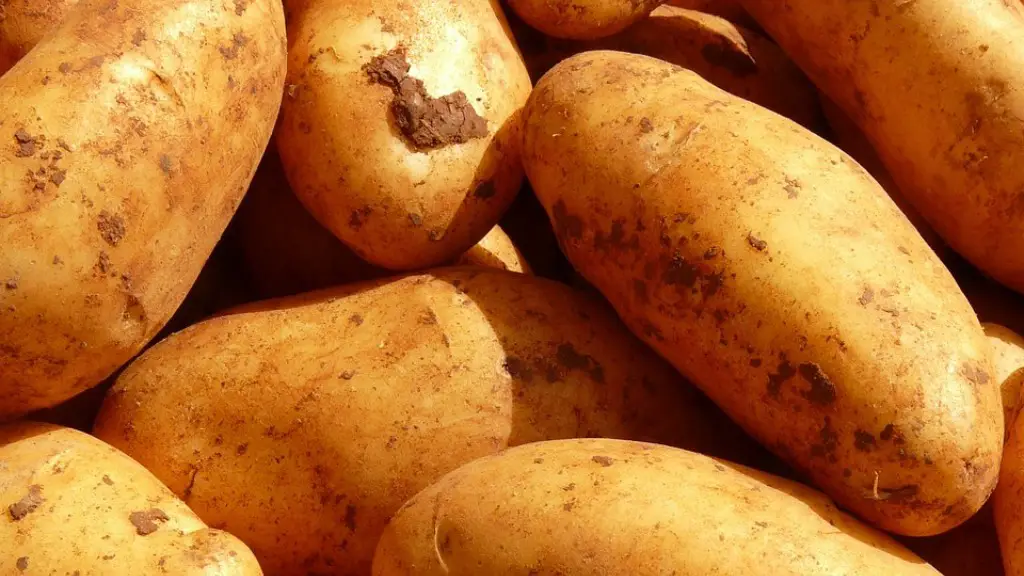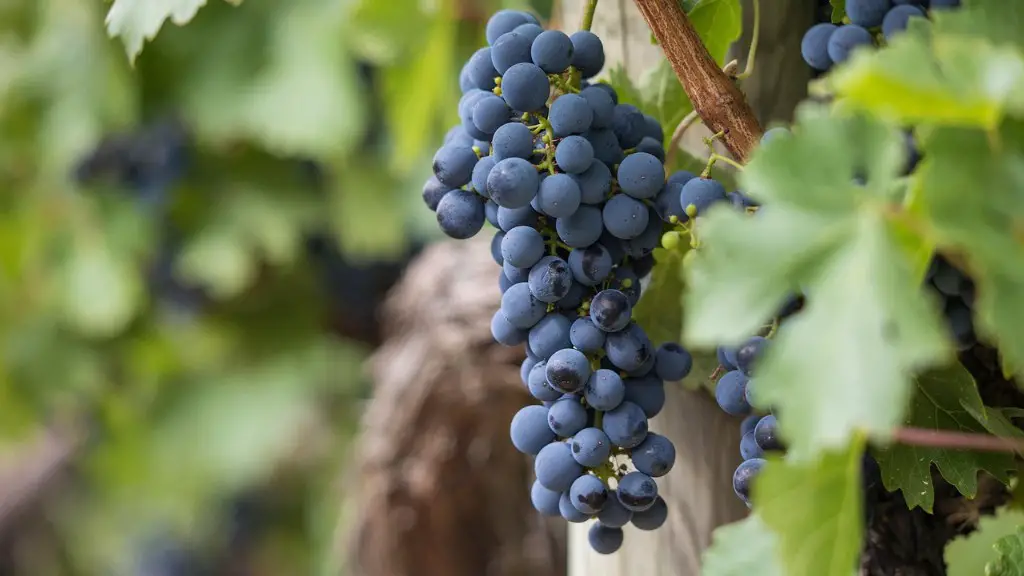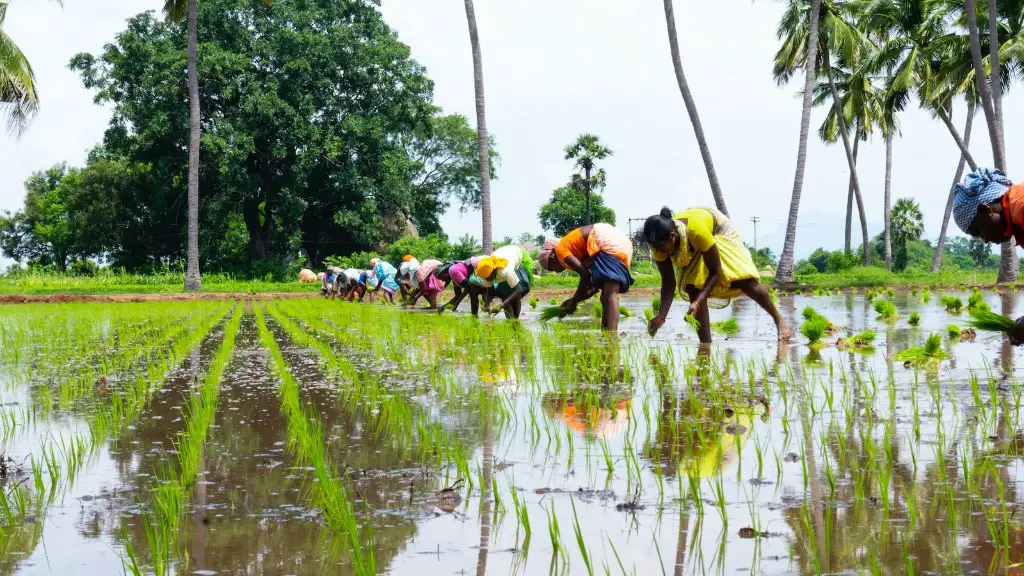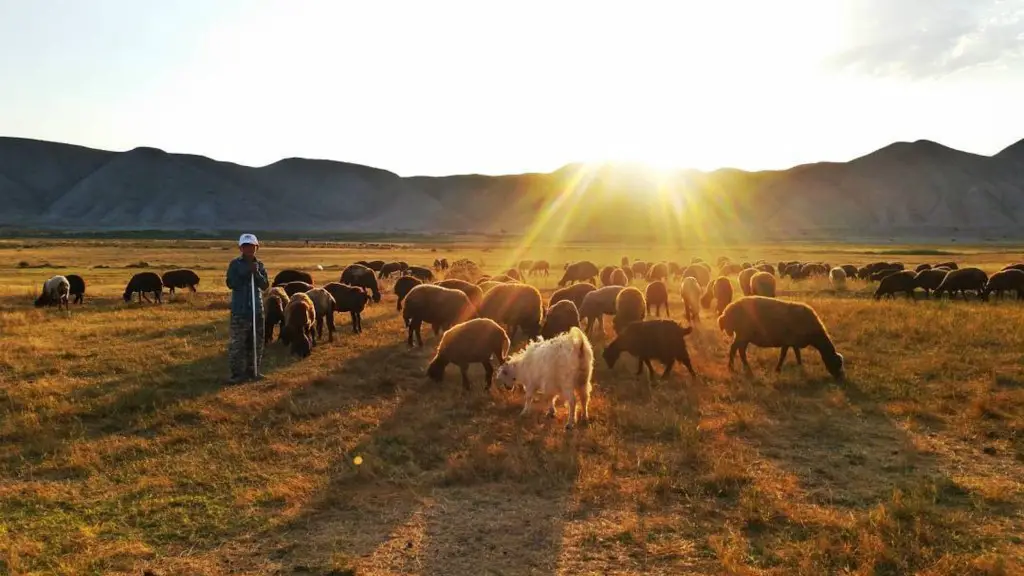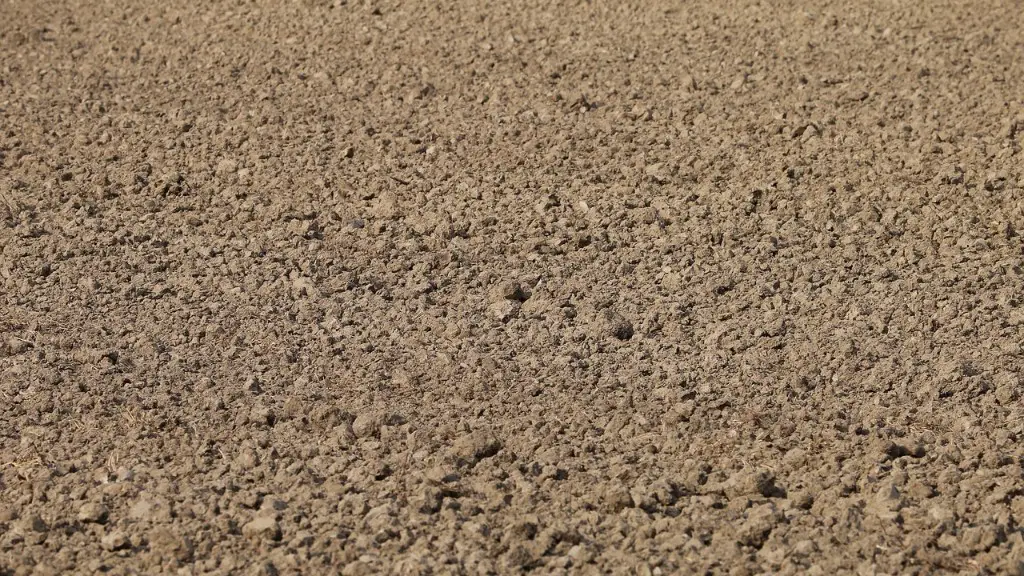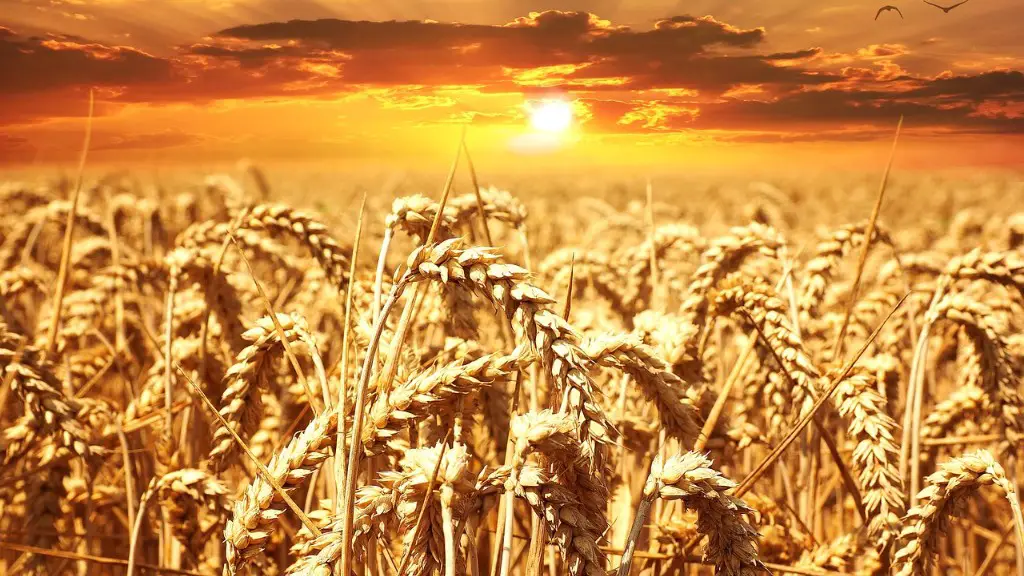The first agricultural communities arose in the Fertile Crescent of the Middle East over 10,000 years ago. Agriculture allowed for the domestication of plants and animals, which led to the development of civilizations. Today, farming is a vital part of many cultures around the world.
Some believe that agriculture was first invented in the Fertile Crescent region of the Middle East, while others believe it originated independently in different regions of the world.
When and where was agriculture invented?
The Zagros Mountain range was home to some of the world’s earliest farmers. Sometime around 12,000 years ago, our hunter-gatherer ancestors began trying their hand at farming. The Zagros Mountains provided a perfect environment for early farming, with ample rainfall and fertile soil. The early farmers of the Zagros Mountains were able to thrive and eventually develop into the first civilizations of the world.
The Egyptians were among the first peoples to practice agriculture on a large scale. This was made possible with the development of basin irrigation. Basin irrigation is a method of irrigation in which water is collected in a basin and then distributed to the surrounding land. This allowed the Egyptians to cultivate large areas of land and to produce a large quantity of food.
When was agriculture first developed
The Agricultural Revolution was a game-changer for humanity. For the first time, we were able to domesticate plants and animals, which allowed us to establish communities and transition from a nomadic hunter-gatherer lifestyle. This allowed us to build civilizations and thrive.
Agriculture was a major turning point in human history, as it allowed for the domestication of plants and animals, which led to the development of civilizations. Agriculture allowed for the growth of cities and the rise of civilizations, as it allowed for the production of food surpluses. Agriculture also led to the development of new technologies, such as irrigation and plowing, which increased the efficiency of food production.
Was agriculture invented all over the world?
The agricultural revolution was a time of great change for the way humans lived and interacted with the world around them. It was a time when new technologies and ideas spread around the world, changing the way people lived and worked. Today, we know that the agricultural revolution was not a single event, but a process that happened in many different places at different times.
The Tigris and Euphrates rivers are located in the Middle East, and for centuries they have been flooding on a regular basis. This flooding leaves behind a layer of fertile soil that is ideal for growing crops. This made the region a prime spot for the Neolithic Revolution, which was a time when people began to transition from a hunter-gatherer lifestyle to a more settled, agricultural lifestyle. The Agricultural Revolution began to take place around 12,000 years ago, and it was a pivotal moment in human history.
Who was the first farmers on earth?
The new study, however, shows that the first farmers actually represented a mixture of Ice Age hunter-gatherer groups, spread from the Near East all the way to south-eastern Europe. This is the first time that such a large-scale genetic mixing has been documented in the archaeological record.
Domesticated plants and animals have been vital to the human story. They were first domesticated in different parts of the world, although the term “domestication” has only been coined relatively recently.
The first place where plants were domesticated was the Fertile Crescent in the Middle East, where wheat, barley, peas, and lentils were first cultivated about 10,000 years ago. The Fertile Crescent was also the birthplace of sheep, goats, and pigs. These animals were domesticated for their meat, milk, and wool.
The second place where plants and animals were domesticated was China. Rice was first cultivated there about 9,000 years ago, and pigs, chickens, water buffalo, and silkworms were also domesticated.
The third place where plants were domesticated was the Americas. Maize (corn) was first cultivated in Mexico about 8,000 years ago, and beans, squash, and potatoes were also domesticated there. llamas and alpacas were domesticated in the Andes Mountains of South America for their meat, wool, and as pack animals.
Domestication has had a profound impact on human society. It has allowed us to develop civilizations by providing us with food
Which country was first rank in agriculture
The People’s Republic of China is the world’s most populous country, with a population of over 1.3 billion. China also has the world’s largest economy, and is the second largest country in terms of land area.
Despite these impressive numbers, China lags behind other countries in terms of agricultural production. China has only 10% of the world’s arable land, and produces a quarter of the global grain output. China does lead the world in production of fruit, vegetables, cereals, cotton, eggs and poultry.
There are several reasons for China’s low level of agricultural output. One is the country’s high population density, which puts pressure on the land. China’s farmers also tend to be small-scale and use traditional methods of farming. In addition, the Chinese government has placed limits on farmland conversion and rural land development.
With the country’s huge population to feed, China will need to find ways to increase its agricultural production. This could involve increasing yields, expanding the amount of arable land, and/or importation of food.
The Neolithic Revolution—also referred to as the Agricultural Revolution—is thought to have begun about 12,000 years ago. This shift from hunter-gatherer societies to agriculture-based societies changed humanity forever, resulting in significant advances in areas such as food production, architecture, and stratified societies. Agriculture allowed for the domestication of plants and animals, which led to more efficient food production and allowed for the growth of cities and civilizations. The Neolithic Revolution was a pivotal moment in human history and paved the way for the modern world as we know it.
How did early humans start farming?
As the climate of the world changed, people observed places where edible plants like seeds, plants, etc. were found. They started growing their own plants and thus, they become farmers.
Lentils are a type of legume that have been eaten by humans for over 13,000 years. They are an important part of many stews, soups, and salads. In ancient times, lentils were an important part of establishing modern societies. Lentils are a good source of protein and other nutrients, and they are very easy to cook.
Did Mesopotamia invent farming
The Fertile Crescent is thought to be the birthplace of agriculture because it is where the first evidence of agricultural practices has been found. Agriculture allowed for the rise of large-scale cities and empires in the region because it provided a food source that could support a large population.
Mesopotamia was a region located in the eastern part of the Fertile Crescent, between the Tigris and Euphrates rivers. It was one of the earliest cradles of civilization. and home to the earliest known civilizations, including the Sumerians, Akkadians, Babylonians, and Assyrians.
Mesopotamians were responsible for some of the most important inventions and discoveries in human history. They invented writing, math, medicine, astronomy, the legal system, and even beer making. They were also responsible for the first road networks and domesticated animals. The Mesopotamians were particularly skilled in astronomy and mathematics, and their invention of the zodiac and the 60-second minute was extremely influential.
What was invented in Mesopotamia?
Mesopotamians were responsible for some of the most important inventions in human history. They invented the wheel, which revolutionized transportation, and mass-produced ceramic goods, which allowed for more widespread trade. They also developed mathematics and writing, which allowed for the recording of history and thespread of knowledge. Additionally, they invented cylinder seals and envelopes, which improved communication, and mass-produced bricks, which made construction of cities easier and more affordable.
The Indian subcontinent’s earliest known civilisation was in Mehrgarh (now Pakistan). It was here that the animals were first tamed and raised around 7,000 BC. Mehrgarh was probably the place where humans started to grow barley and wheat and rear sheep and goat.
Where did agriculture first develop in the Americas
The early history of plant domestication in the Americas is known in large part from microfossil evidence. Agriculture led to landscape transformations in the Americas, the scale of which varied across time and place. The earliest evidence for plant domestication in the Americas comes from lower Central America and northwestern South America.
Native Americans were some of the first people to farm domesticated crops in the Northeast, Great Plains, and Southwest United States. They developed many of the techniques and technologies that are still used by farmers today, including irrigation and crop rotation. Native Americans also domesticated many of the plants that are now staples in the American diet, such as corn, beans, and squash.
Final Words
There is evidence that agriculture was first invented in the Fertile Crescent, which is a region that includes parts of modern-day Iraq, Syria, Turkey, and Iran.
It is still not definitively known where agriculture was first invented, but it is thought to have originated independently in various regions around the world. Some of the earliest evidence of agriculture has been found in the Middle East, China, and the Americas. Agriculture allowed for the domestication of plants and animals, which led to the development of civilizations. Agriculture is an essential part of human history and continues to be vital to our survival today.
